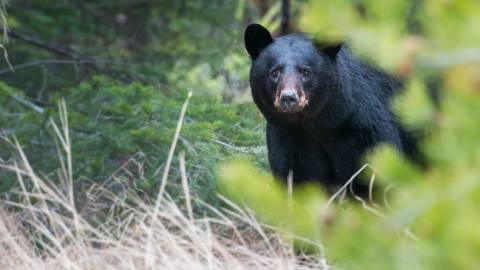
Bears in Big Bear? Wildlife Safety for People & Pets
Posted: 12/26/23
Nature has a way of putting things in perspective. We've heard it before that getting outdoors is medicine for the mind, body, and soul. However, it's important to remember that Big Bear is home to many wildlife species and we share our wilderness with them.
During your stay in Big Bear - in town or on the trails - you're likely to spot squirrels, chipmunks, and rabbits who pose little threat and are quick to scamper off at the sight of humans. Rarely, you may spot animals like bears, mountain lions, and rattlesnakes who are equally averse to humans but can pose a real danger if threatened or afraid. Keep reading for info on handling wildlife sightings.
Wildlife Safety Tips in the Wilderness:
- Do Not Feed Wild Animals (when animals stop fearing humans, dangerous accidents can occur)
- Do Not Approach Wild Animals (or allow children to chase critters like rabbits and birds)
- Do Not Leave Children and Pets Unattended
- Do Not Hike/Bike/Camp Alone (especially at night)
- Be Aware Of Your Surroundings At All Times
- Know Where You're Hiking/Camping and Let Others Know Where You Are
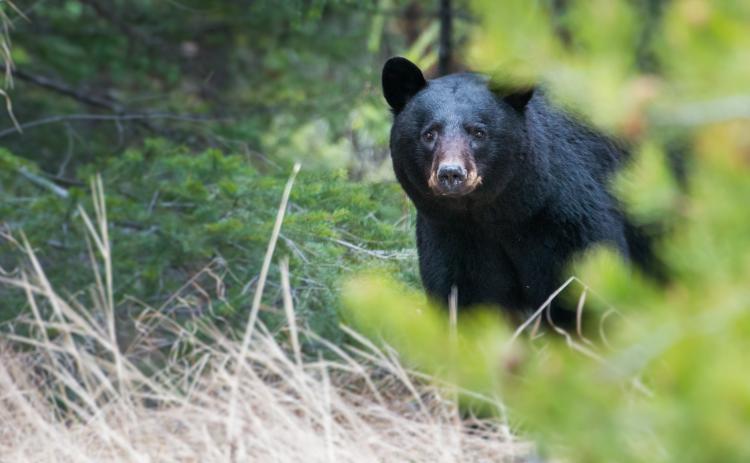
Bears in Big Bear
While Big Bear was named for its population of Grizzly Bears in 1845, the species was hunted into extinction in the valley long ago. Today, any bear you encounter in Big Bear will be a black bear. Black bears tend to avoid humans and it's rare that you should encounter one at all. Just in case you do, follow these guidelines.
Safety Tips for Bear Sightings
- Remain calm, Do Not Run!
- Pick up small children and pets and group together everyone with you
- Back away facing the bear
- If the bear approaches you, make yourself appear large and make noise
- Carry bear spray and know how to use it
- Bears are naturally curious. When camping, keep your site clean and dispose of trash properly. NEVER store food or other attractants in or near your tent. Secure these items in food lockers and away from the site area.
Further Reading
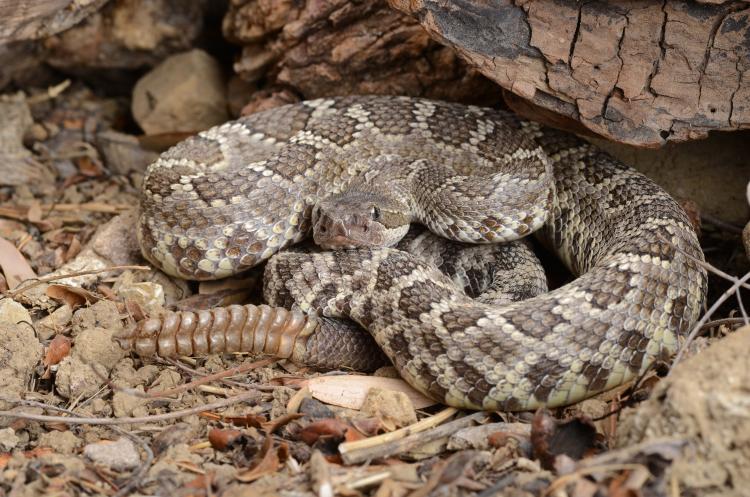
Rattlesnakes in Big Bear
As winter gives way to spring and the warm summer months, rattlesnakes make their way out of hibernation in Big Bear. Understand that rattlesnakes - like black bears - are not naturally aggressive and don't seek humans to attack. Most snake bites occur when the snake is handled, threatened, or stepped on. Rattlers like to hide out under logs and rocks, so be aware of your surroundings when stepping over these obstacles.
Safety Tips for Snake Sightings
- If you spot a rattlesnake, leave the area immediately
- Be mindful when stepping over logs, rocks, and bushes
- Be cautious of areas around porches and patios
- Stay on the trails and designated routes
- Always keep control of pets and do not let them chase snakes or stick their nose in holes
Most bites occur between the months of April and October when snakes and humans are most active outdoors. About 25 percent of bites are “dry,” meaning no venom is injected, but the bite still requires medical treatment. Depending on weather and threatening conditions such wildfires; rattlesnakes may roam at any time of the day or night. If walking at night, be sure to use a flashlight. US Forest Service
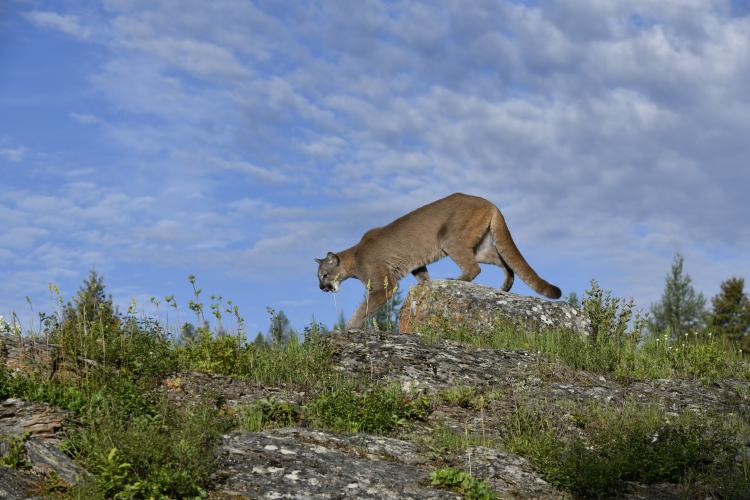
Mountain Lions in Big Bear
Like bears and snakes, mountain lions tend to avoid humans, but even at a distance, a mountain lion sighting should be taken seriously. If the lion hasn't spotted you, leave the area immediately. Never attract the attention of a mountain lion or approach one - especially kittens as the protective mother is nearby!
Safety Tips for Mountain Lion Sightings
- Do not run
- Back away facing the animal and try to make yourself look large
- If the animal approaches you, make noise, throw sticks or rocks
- If the animal attacks, fight back
- Never leave children or pets unattended in the wilderness
Further reading
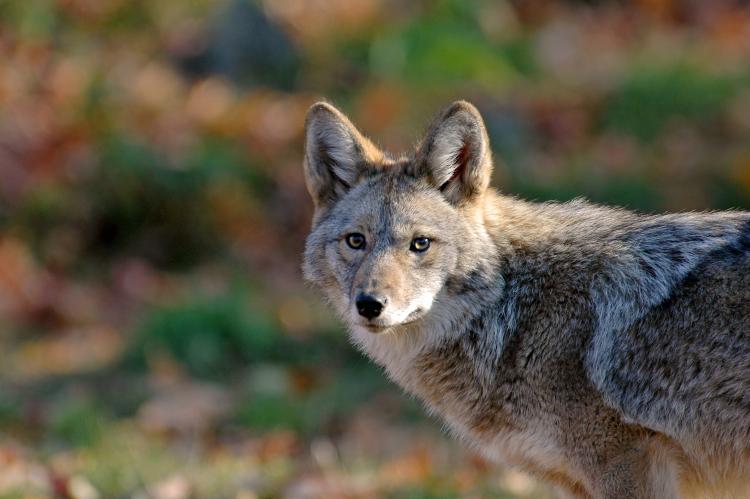
Coyotes in Big Bear
Coyotes are Big Bear's most abundant larger animals. While coyotes pose little threat to humans and mainly feast on squirrels and rabbits, cats and small dogs make an easy meal for Big Bear coyotes. Coyotes are visible most often in the early morning and at night.
Safety Tips for Coyote Sightings
- Never feed coyotes.
- Never leave pets unattended outdoors, even in a fenced yard.
- Outdoor, Keep dogs on a leash and don't let them chase coyotes.
- Don't run or turn your back on a coyote.
- Do not allow a coyote to get in between you and your pet/child
- Make noise and make yourself look larger if you have a close encounter with a coyote.
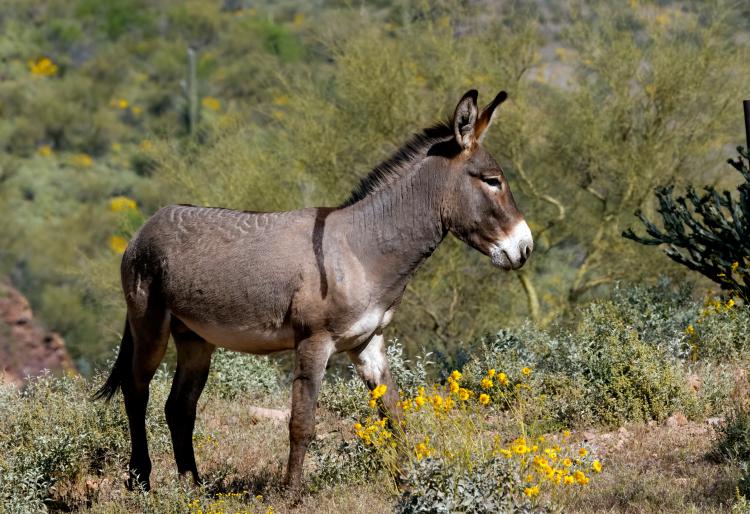
Burros in Big Bear
If you're staying in the Moonridge, Erwin Lake, or Baldwin Lake neighborhoods, you may see wild burros grazing in the fields or wandering near highways. Big Bear's burro population dates back to ranching days and today are an iconic part of our landscape. Please drive slowly and carefully in these areas, especially at night along Hwy 38.
Safety Tips for Burro Sightings
- Never feed wild burros, as bites can happen
- Do not approach wild burros as adult herd members can be protective and aggressive
- Be careful driving at night as burros may be present in the road.
- Spooked burros can rear and kick, so be mindful driving or walking by them
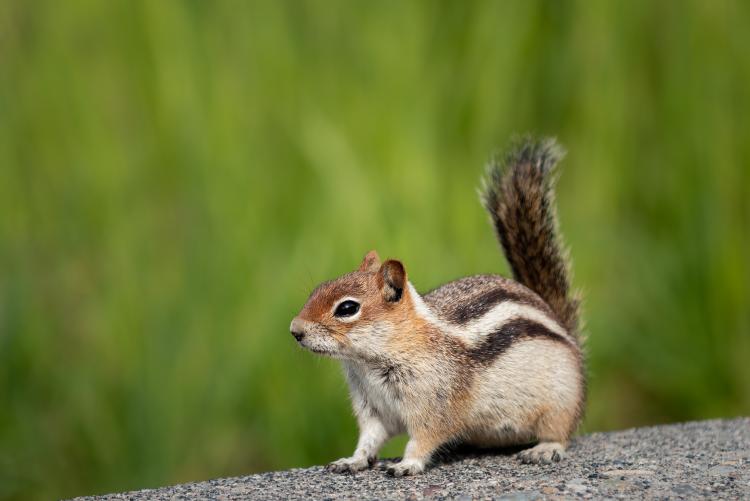
Birds & Rodents in Big Bear
Big Bear's most visible wildlife are squirrels, chipmunks, and birds. While these furry, feathery critters are not likely to pose a threat, it's important not to touch, pursue, feed, or try to capture them. Wild animals can carry diseases that spread to humans through touching or biting.